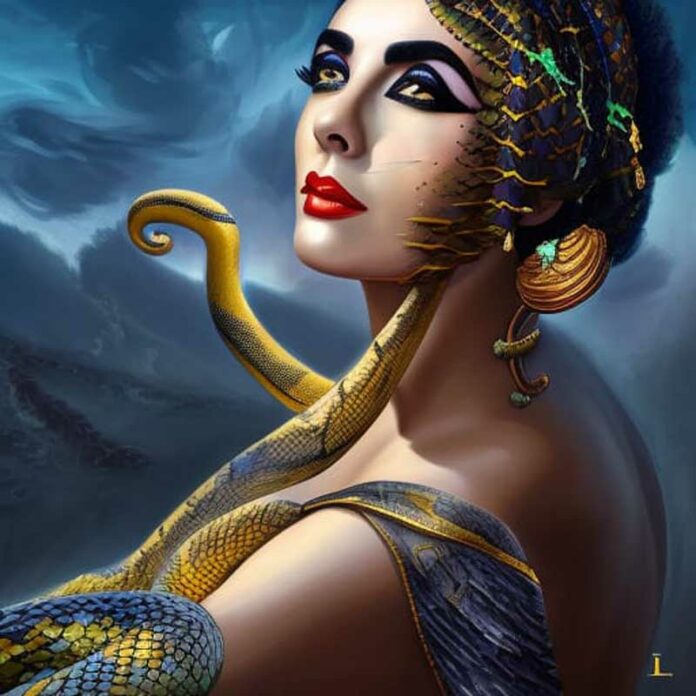“I feel strangely awake,” Cleopatra says as she readies the poisonous snake that will take her life, “as if living had been just a dream—somebody else’s dream.” The poignant scene comes at the end of the 1963 cinematic masterpiece starring Elizabeth Taylor, and harkens to the famous Latin quotation, “Vita somnium breve est,” or life is but a short dream.
The deeper we journey into the inner world of the soul, the more unreal the physical world starts to seem, ruled as it is by the law of impermanence. In hypnagogic states—which can be achieved by lying down in the afternoon and entering that twilight zone between wakefulness and sleep, when visions seem to dislodge from some inner wellspring and float into our minds like soap bubbles—we find that there is a hidden realm ever creating the soul’s reality while eliminating everything external and extraneous.
In the ancient symbol of the cross—formed by two intersecting lines, one infinite and the other changing—we see that this deepest part of ourselves belongs to the vertical line of Being, and intuit that this self must have descended into earthly incarnation to live out a dream in the realm of Becoming before reawakening and returning to the light from whence it came.
In an Italian esoteric text from a century ago, an anonymous initiate speaks of his first experience of entering a state in which he felt “whole, sufficient unto myself, independent of any person or circumstance, eternal, inhabitant of my own universe,” and “awake in that immense peace in which all beings were dreaming and sleeping.”
Gone was everything in life that was “muddled and confused in the disquiet of desires,” and his sense of self felt purified, released into pure intelligence “to behold in a timeless world the infinite marvel of all things.” This deepest self was experienced as “something absolutely impersonal living in me,” a “supreme beauty” that could be summoned at will when the mind is untroubled and still.
“It is the dream of a god,” writes the initiate, “and I am the dream and the dreamer.”
Cleopata’s earthly life as an embodied ego was torn between romantic passions and clashing empires, all of which went the way of sand and dust. But before the writhing asp—fitting symbol of the primordial serpent of the life force—sunk its fangs into her body to release her soul, she was able to waken from her earthly dream and snatch a glimpse of the true empire of light, where the queen of the Nile would go after closing her eyes and crossing the wide river.











